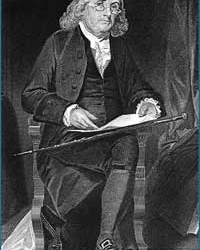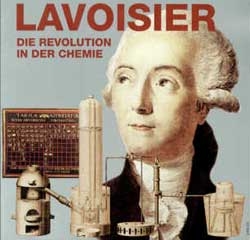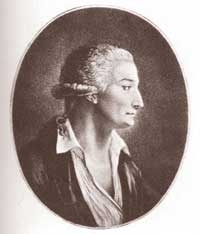The story of the vision and entrepreneurial journey of Henry Ford – the father of the automotive industry – offers classic lessons and business strategies from a creative individual who changed the world, yet his early life remains largely unknown.
“When I ask people what they want from their transportation, they tell me they want a horse that runs faster,” a quote from Henry Ford’s biography.
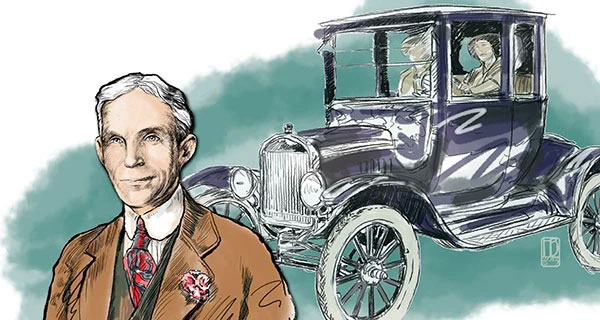
Changing human habits is not easy, but Ford succeeded.
Ford was born at a time when horses were the common and preferred means of transportation. Therefore, when he surveyed people’s preferences for his invention, he learned that there is never a market for new goods.
This was indeed a challenge. Changing human habits is not easy, and creating a revolution to alter traditional concepts is even harder. Yet, Ford succeeded. He changed the world, as millions now use ideas stemming from his invention as a common practice. So, how did Ford achieve this?
Bravely Following His Vision
From a young age, Ford believed that many tasks could be performed better in some way. This mindset fueled his passion for mechanics, and he was described by his mother as a born mechanic.
As a child, Ford had a small workshop filled with scrap metal used to make tools. All his toys were handcrafted, vastly different from today’s toys. The most remarkable moment of Ford’s childhood was when he saw a railway engine, a steam-powered vehicle. It was the first vehicle he saw that could run without being pulled by a horse.
Fond of disassembling and assembling things, by the age of 15, he could repair any clock and was expected to become a watchmaker. However, the thought of a “horse-free carriage” was too enchanting, and with self-motivation, Ford began to construct a vehicle in a workshop built on his family’s farm.
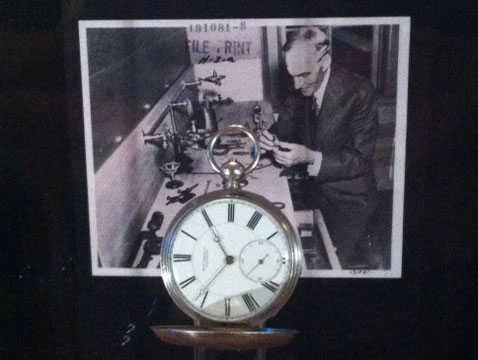
Ford began constructing a vehicle in a workshop built on his family’s farm.
At 17, he started his apprenticeship as a mechanic, qualifying as a journeyman ahead of schedule and advancing to higher positions at the Drydock engine factory. In his spare time, he studied the mechanics of gasoline engines and dreamed of creating a “global automobile” that could transport people more affordably and reliably.
During a brief meeting with inventor Thomas Edison at the age of twenty, Ford was inspired with an endless source of motivation. Even though electricity was considered an important invention of Edison’s and everyone said it would be the future, Edison told Ford to persist in his own direction.
Later, Ford’s boss at Detroit Edison nominated him for a higher position on the condition that he abandon his personal passion to focus on more practical work.
“This forced me to choose between a job with open opportunities for advancement and my passion for automobiles. In the end, I chose automobiles and resigned. In truth, I had no other choice because I knew that automobiles would bring me success, even though many others did not believe so,” a quote from Henry Ford’s biography, My Life and Work.
Setting aside immediate fame for a chance to change the world by pursuing his passion required immense courage. He officially resigned on August 15, 1899, and began his venture into the automotive business from that point onward.
Starting Up
Without personal capital, Ford partnered with a group of investors to establish the Detroit Automobile Company. He quickly realized that these investors were more interested in immediate profits than in producing a better vehicle, leading him to withdraw from the company after just one year of producing 20 cars.
Four years later, the 40-year-old, slender man founded the Ford Motor Company. The company raised $100,000 in capital, and this time Ford owned 25% of the shares.
In the first year, the company produced over 1,700 Model A cars, achieving initial success due to their reliability. In the second year, pressured by associates, Ford introduced three models and raised prices, resulting in fewer car sales.
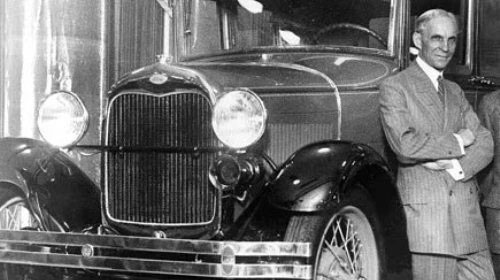
Ford realized he needed to hold a large share to have full control.
From here, Ford recognized the need to acquire a majority share to have full control. Thus, he used his monthly income to buy back shares, eventually acquiring 50% and then 100%.
In 1908-1909, the company sold over 10,000 cars and faced pressure to expand its product line. However, Ford took a completely opposite direction. One morning in 1909, he announced that from that day forward, the company would only sell one model at a continually decreasing price: the Model T. Furthermore, it would only be available in one color.
“Any customer can have a car painted any color they want as long as it’s black,” became one of his famous quotes.
While many believed that a low selling price would lead the company to bankruptcy, Ford believed this strategy would significantly expand the market. Reality proved him right. He began constructing the largest assembly plant in the world, Highland Park, and production capacity skyrocketed from 6,000 to 35,000 units per year, while the number of employees increased by less than double.
Just ten years later, the company was producing 4,000 cars daily, and the following year, 5 million cars annually. By the end of the decade, 15 million Model T cars were produced, marking a miraculous milestone in mass production.
The reason the factory could scale up so dramatically stemmed from Ford’s business strategy. In the past, early automobiles were seen as toys for the wealthy, sold to those seeking entertainment or wanting to showcase their status.
Ford changed this perception by promoting the practicality of Ford vehicles. Cars were also marketed as easy to drive and operate, leading to the phrase: “Anyone can drive a Ford.”
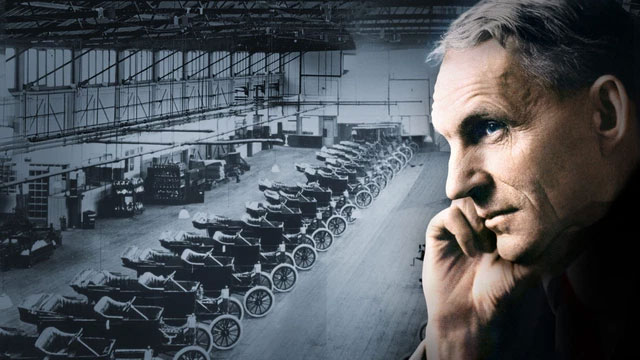
Ford hated the idea of making cars expensive.
However, it was the pricing strategy that was the primary factor in the company’s unexpected success. In the years 1909-1910, a car cost $950. Ten years later, the price dropped to $355.
Ford despised the idea of making cars expensive. Instead, his strategy was to price based on production costs. This meant that if his factories could operate more efficiently, consumers would benefit.
Similar to Sam Walton with the Wal-Mart supermarket chain, Ford discovered that he could earn more profit by selling a larger volume of products at lower prices rather than selling fewer items at higher prices.
If you sell high-quality products at low prices, this will create a competitive advantage that is hard to overcome, thus “you will find demand so high that it can be called global,” Ford wrote in his biography.
This strategy may sound “familiar” to our modern era, but it is one of the classic secrets that led to Henry Ford’s remarkable business success.








































